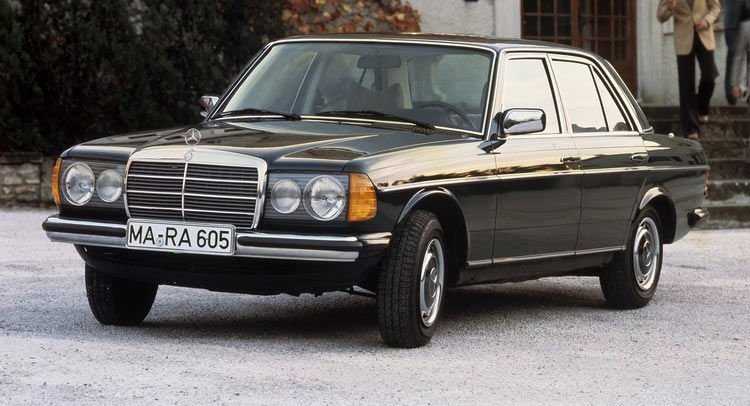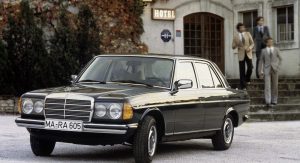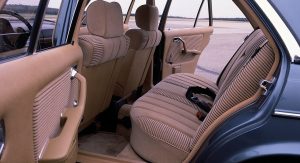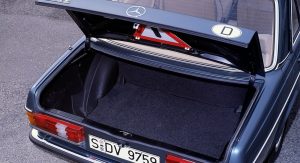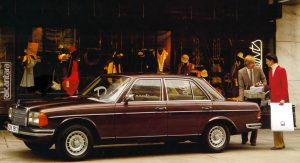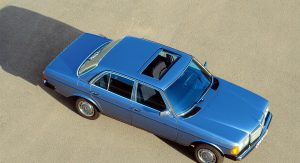The Mercedes-Benz 123 model series was first launched in January 1976 and offered a convincing combination of elegance and technical innovations.
This was a car that was built to be future-proof by Mercedes design engineers back in 1968 when the specifications book was first drawn up. One of the priorities during the development stages of the 123 series was safety, as the engineers were already thinking about the integration of airbags, which later became an optional extra on these cars starting with the year 1982.
A year after its launch, the 123 model series was introduced as a Coupe and Estate as well, where the latter would focus on recreational activity and a sporting lifestyle – that ultimately set the benchmark for the future of the E-Class.
From a technical standpoint, the W123 adopted the S-Class’ double-wishbone front suspension and debuted the 2.5-liter six-cylinder M 123 engine, which was then good for 129 PS. Other new arrivals included the turbocharged unit from the 300 D Turbodiesel which in 1981 produced 125 PS.
What we really find impressive is the fact that Mercedes began to look into alternative drive systems at a very early stage. For example, back in 1983, a 280 TE Estate was fitted with a hydrogen drive system, following another experimental vehicle with an electric drive system.
In fact, Mercedes presented a 200 model with a bi-fuel drive system (liquefied petroleum gas & petrol) as far back as 1981 – which marked how important Mercedes thought these alternative drive systems would become for their intermediate model series.
The era of the 123-series Saloon lasted until November 1985, when the just as successful W124 took over the reigns that ultimately led to the E-Class. From 1975 until 1986, Mercedes sold almost 2.7 million W123 cars (the Estate version was sold until January 1986).
Nowadays, the 123 model series is widely recognized as a classic, and plenty of them are still fully operational in the streets of our cities, world-wide.



